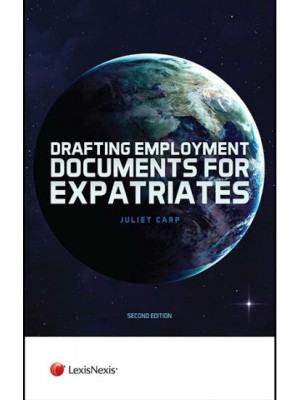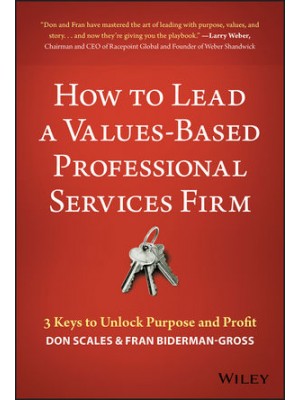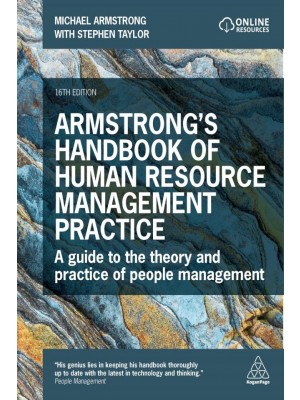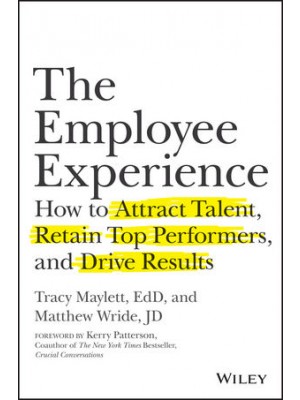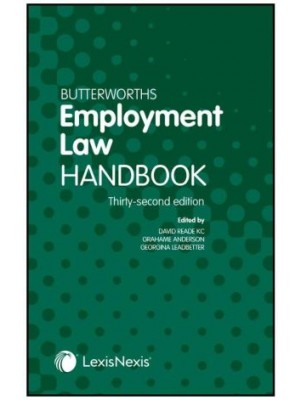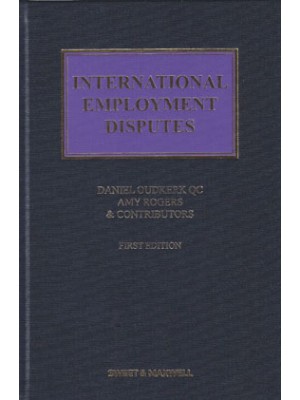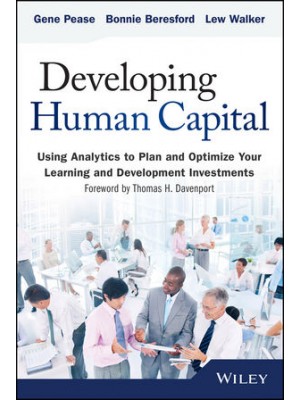Chapter 1 1-1
Forecasting Prerequisites 1-1
An Overview of the Forecasting Process 1-2
More on the Forecasting Process 1-4
Budgets Versus Forecasted Financial Statements 1-6
Financial Planning Prerequisites 1-7
Corporate Growth 1-9
Value of a Company 1-10
Chapter 2 2-1
Using the Basic Forecasting Model 2-1
Making Assumptions 2-2
Percent of Sales and Sales Forecasts 2-3
The Basic Forecasting Model 2-4
Explanation of the Basic Model 2-6
Identification of Spontaneous and Quasi-spontaneous Accounts 2-7
The Basic Model: An Example 2-8
Using the Basic Model for Planning 2-11
The Basic Model: Sensitivity Analysis 2-12
The Zeta Company Case Study 2-13
The Balance Sheet: Percent of Sales Method 2-15
Forecasting the Balance Sheet: An Example 2-16
Using the Projected Balance Sheet for Decision Making: Capital Structure Decision 2-18
Methods of Financing EFN 2-19
Using the Projected Balance Sheet for Decision Making: Working Capital Decisions 2-20
Using the Projected Balance Sheet for Decision Making: Retention Decisions 2-22
Problems and Limitations Associated with the Basic Model 2-23
Case Study 2-24
Chapter 3 3-1
Management Uses of the Forecasting Technique: A Case Analysis on Working Capital Planning 3-1
The Davidson Toy Company 3-2
Chapter 4 4-1
Using Forecasting to Plan the Company’s Capital Structure 4-1
Value of the Firm 4-2
The Effect of Debt on the Cost of Capital 4-3
Other Factors: Bankruptcy Costs 4-6
Financing the Expected Funds Needed (EFN): Capital Structure Theory 4-7
Relation of Cost of Capital and Value to Debt Ratio 4-8
Optimal Capital Structure 4-9
Factors Influencing Debt Usage 4-10
Short Versus Long-Term Debt 4-11
Case Studies 4-12
Chapter 5 5-1
Forecasting the Balance Sheet: Statistical Procedures 5-1
Statistical Procedure Regression 5-2
Advantages of Regression Analysis 5-3
Finding a Trend Line with Two Data Points 5-4
Regression Analysis 5-6
Using Regression: An Example 5-7
Regression and Forecasting the Balance Sheet: An Example 5-9
Using Regression to Forecast the Income Statement 5-13
Chapter 6 6-1
Forecasting the Income Statement 6-1
How Expenses Vary with Sales Changes 6-2
The Income Statement Percent of Sales Method 6-3
Finding Fixed and Variable Expenses Graphically 6-5
Using Regression to Determine Fixed and Variable Expenses 6-7
Example of Using Regression to Determine Expense Components 6-8
Forecasting the Income Statement 6-9
Case Study 6-10
Chapter 7 7-1
Reconciling the Income Statement and Balance Sheet 7-1
Why There Must Be a Reconciliation 7-2
Reconciliation of the Income Statement and the Balance Sheet 7-3
Reconciliation: A Complete Example 7-6
Forecasting and Reconciling the Income Statement: An Example 7-7
Reconciliation: An Example 7-9
Reconciliation: A Second Example 7-11
Case Study 7-13
Chapter 8 8-1
Evidence of Growth Mismanagement 8-1
Evidence of Growth Mismanagement 8-2
Fixed Assets to Net Worth 8-3
Net Sales to Net Worth: The Trading Ratio 8-5
The Trading Ratio of Company A: An Example 8-6
Other Important Ratios to Monitor During Periods of Growth 8-13
Case Study 8-14
Chapter 9 9-1
Maximum Sustainable Growth 9-1
The Basic Model: Maximum Sustainable Growth 9-2
The Sustainable Growth Model 9-3
Maximum Sustainable Growth: An Example 9-4
Maximum Sustainable Growth: A Second Example 9-6
Improving Sustainable Growth 9-8
Case Study 9-10
Sustainable Growth: Available External Equity 9-11
Sustainable Growth with Regression 9-12
Chapter 10 10-1
Forecasting Sales 10-1
Forecasting Sales: Sales Goal 10-2
The Best Guess Forecast: Bottom-up 10-3
Compound Growth: An Example of Forecasting Sales 10-4
Fluctuating or Cyclical Sales 10-8
Using Regression to Predict Sales 10-9
Forecasting Sales: Regression Approach 10-10
Quick Mart Lumber Company 10-11
Case Study 10-12
Chapter 11 11-1
Integrating the Percent of Sales with a Shorter-Term Forecast of Cash Needs 11-1
Shorter-Term Cash Needs 11-2
Appendix A A-1
The Basic Forecasting Model A-1
Glossary 1
Index 1
Solutions 1
Chapter 1 Solutions 1
Chapter 2 Solutions 2
Chapter 3 Solutions 5
Chapter 4 Solutions 9
Chapter 5 Solutions 11
Chapter 6 Solutions 12
Chapter 7 Solutions 14
Chapter 8 Solutions 17
Chapter 9 Solutions 21
Chapter 10 Solutions 22
Chapter 11 Solutions 24








